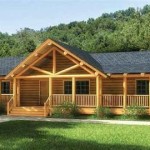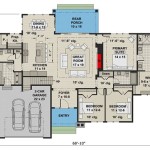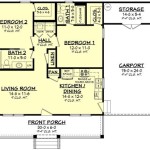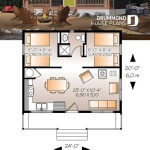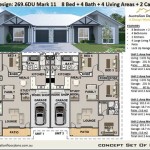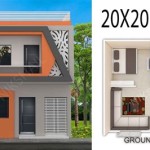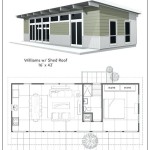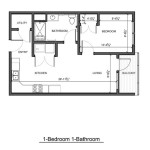Floor Plans For Old Victorian Houses: A Guide to Understanding Their Unique Layouts
Victorian houses, built during the reign of Queen Victoria in the 19th century, are known for their intricate details, elaborate ornamentation, and unique architectural styles. These houses are not just beautiful to look at, but they also hold a rich history within their walls. Understanding the floor plans of old Victorian houses can provide valuable insights into their design, construction, and the lives of the people who lived in them. This article will guide you through the common features and fascinating elements of Victorian house floor plans, helping you appreciate the intricacies of these historical dwellings.
Understanding the Evolution of Victorian Floor Plans
Victorian architecture was a dynamic period that saw a shift in design trends, from the early Gothic Revival style to the later Queen Anne and Stick Styles. This evolution is reflected in the floor plans of Victorian homes. Early Victorian houses often featured a central hall with rooms radiating off it, while later Victorian houses adopted a more open plan with larger rooms and a focus on entertaining. Some of the key factors influencing the evolution of floor plans include:
- Technological advancements: Improvements in building materials like cast iron and steel allowed for larger windows and more elaborate staircases.
- Changing social norms: The rise of the middle class and the increasing emphasis on social gatherings led to a shift towards more spacious and open living areas.
- Architectural trends: The popularity of different architectural styles, such as the Queen Anne Style with its asymmetrical facades and gabled roofs, influenced the layout of Victorian homes.
By recognizing the evolution of floor plan design within the Victorian era, you can gain a deeper understanding of the historical context surrounding these homes.
Key Features of Victorian House Floor Plans
Victorian house floor plans typically share several common features, although variations exist based on the size and style of the home. Some of the key elements you might encounter include:
- Grand Entrance Hall: Victorian houses often have a spacious entrance hall that serves as a central point of entry and a grand first impression. It might feature a staircase, decorative molding, and a high ceiling.
- Formal Parlor and Dining Room: These rooms were essential spaces for entertaining guests and showcasing the family's status. The parlor was usually a smaller, more intimate space for conversation and relaxation, while the dining room was designed for formal meals and gatherings.
- Family Living Room: While not as common in earlier Victorian homes, a family living room, often located on the back side of the house, emerged as a more informal space for family leisure and activities.
- Multiple Bedrooms: Victorian families were often large, and the houses reflected this with multiple bedrooms, typically located on the second and third floors. Depending on the era, there might be a master bedroom with a dedicated dressing room and private bathroom.
- Servant Quarters: Larger Victorian houses often included servant quarters, typically located in the basement or on the top floor. These areas might include a kitchen, servants' bedrooms, and a laundry room.
Hidden Gems and Unique Features
Victorian houses are known for their charming and sometimes surprising features. These unique elements add to the character and historical significance of these homes. Some notable features you might encounter include:
- Secret Passages and Hidden Rooms: Some Victorian houses were built with secret passages or hidden rooms, adding a touch of mystery and intrigue to these buildings. These spaces might have been used for privacy, storage, or even escape routes during times of turmoil.
- Built-in Cupboards and Cabinets: Victorian houses often featured intricate built-in cupboards and cabinets, showcasing craftsmanship and maximizing storage space. These spaces might have been designed for specific purposes, such as housing china or linen.
- Ornate Staircases: The staircases in Victorian houses were often a focal point, designed with intricate details, carved banisters, and large landings. These features added grandeur and emphasized the importance of vertical space.
These unique features are part of what makes Victorian houses so captivating and provide a glimpse into the lives of people who lived in them centuries ago.
By understanding the key features and unique elements of Victorian house floor plans, you can appreciate the ingenuity and beauty of these historical buildings. The layout of a Victorian house tells a story about its history, design, and the families who have called it home.

House Plans Victorian Vintage Sims

Vintage Victorian House Plans 1879 Print Plainfield George La Baw F Mansion Floor Plan

The Glen Flora Victorian House Plans Old Vintage

Modern Cottages J H Kirby Architect Victorian House Plans Vintage

House Plan 73837 Victorian Style With 4200 Sq Ft 2 Bed Bath

1891 Print Home Architectural Design Floor Plans Victorian Architecture Dwelling House

Victorian House Plans Monster

Untitled Victorian House Plans Mansion Floor Plan Homes

Victorian Style House Plan 4 Beds 2 5 Baths 2174 Sq Ft 72 137 Houseplans Com

29 Victorian House Plans E Book Vintage

